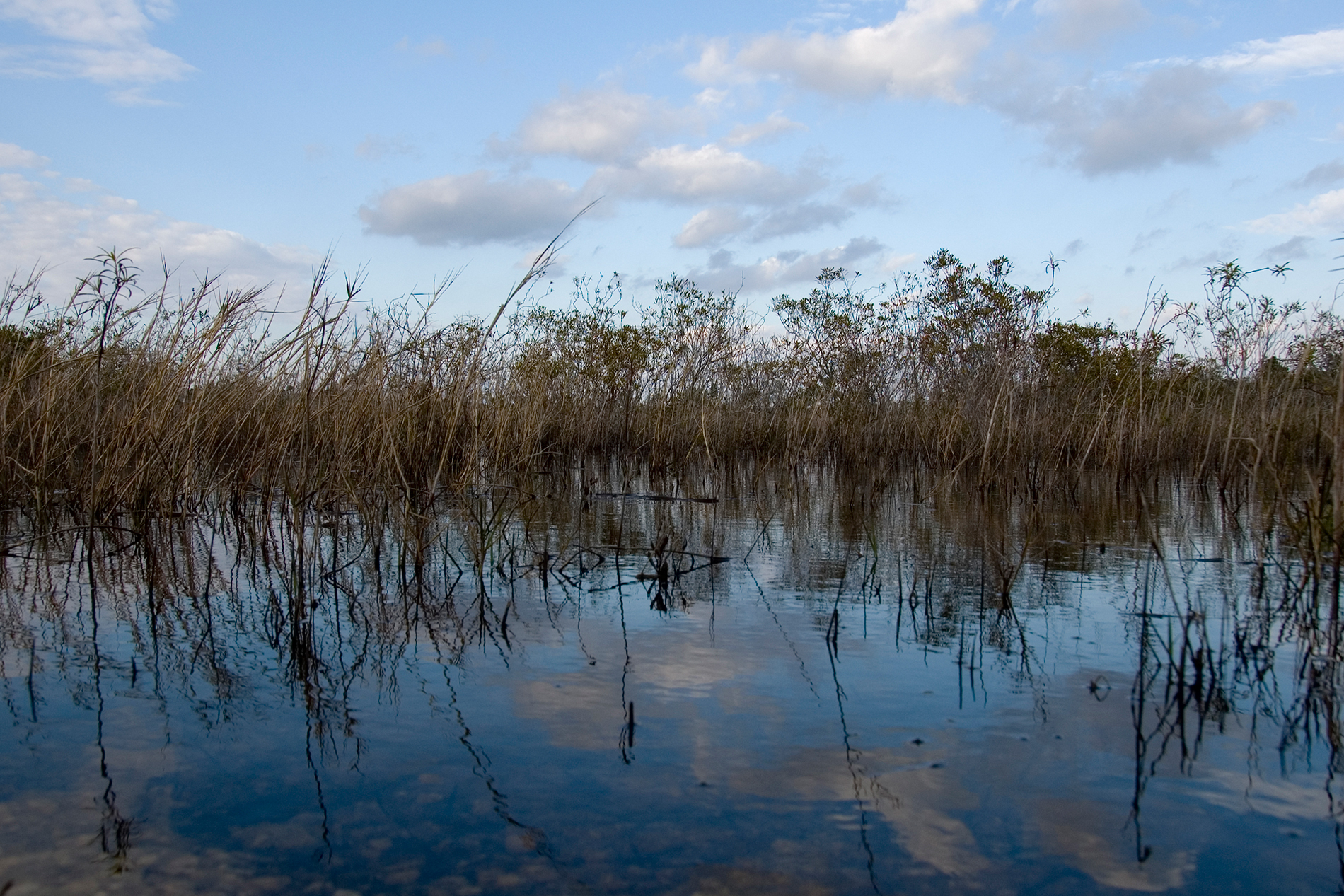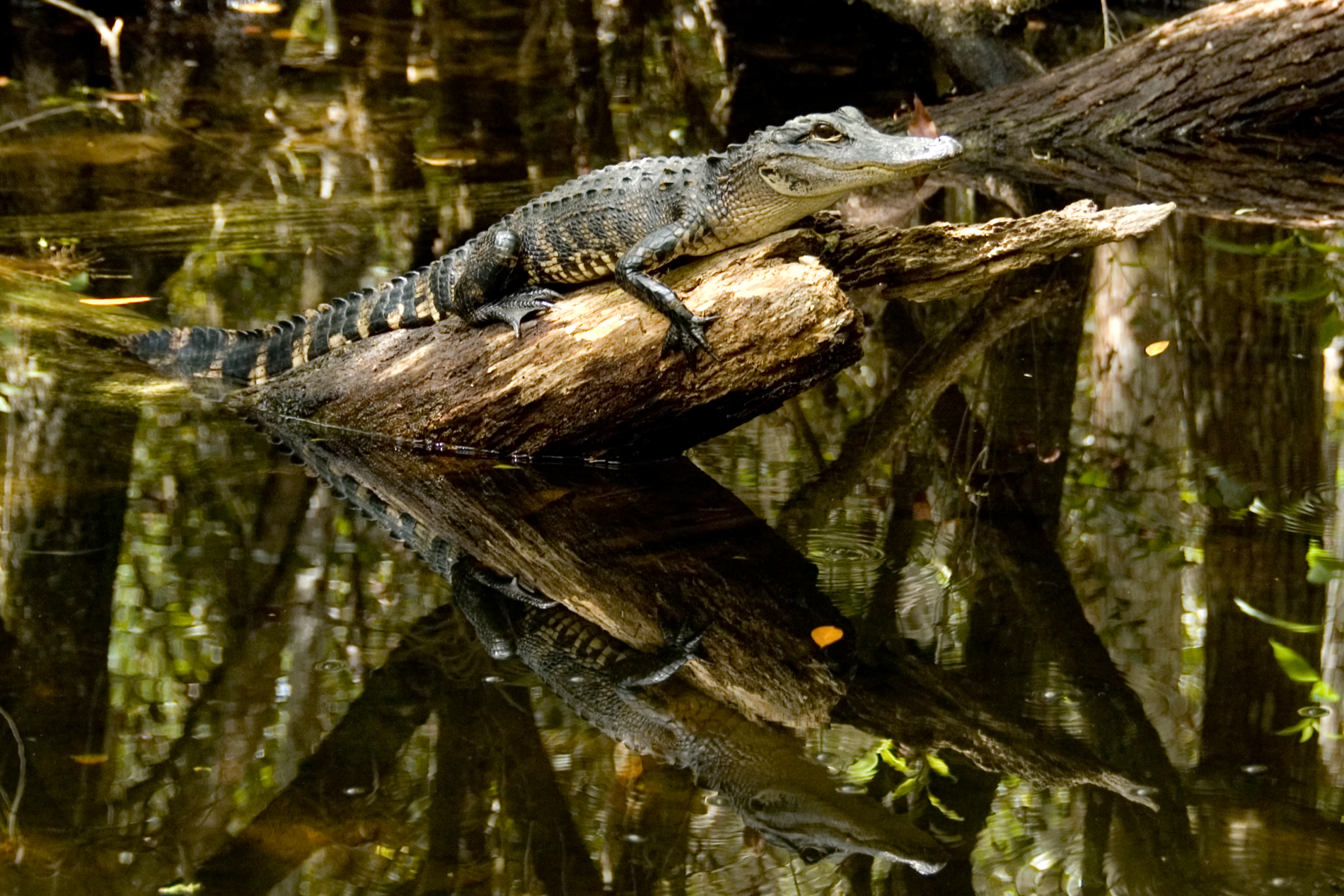
HISTORY
MYSTERY
EXPLORERS
About the EvergladesForever Project


AWARD
A Line about Malee
carved by the African Savannah
raised in the quiet coastal plains of South America
embraced by Middle Eastern traditions
and influenced by European culture. “These are the things that bend me to their will.”
Traveling to some of the most remote corners in the cradle of modern religion, Malee finds shelter in small villages and tiny tented camps of the Middle East– “My saviors of the ancient world”.
Driven by a desire to explore the wilderness, Malee moves back to Africa, where the Savannah and its indigenous people “awakened the dormant talent within me”. Here she begins to practice her art and photography in a new medium capturing the raw beauty of African nature.
Malee now lives in the Fort Lauderdale area where she was introduced to the river of grass. “The Everglades”
Origins of the Everglades
The Everglades Region encompasses a huge area, from Lake Okeechobee South to the Bay of Florida, and spreading East to the Atlantic coastal fringe, and West to the edge of the Big Cypress swamp.
Prior to the mid twentieth century, water from a chain of lakes (just South of present Orlando) made its way into what is now called Lake Okeechobee. All this water was supplied by rain as there is no snow melt or underground sources. From there it seeped through the natural walls of the Lake, East until it met the coastal rocklands of Palm Beach, and West until it met the slightly elevated ground of the Big Cypress, and South in a widening arc until it widened out to both coasts South of Miami and exited at the Bay of Florida.




































